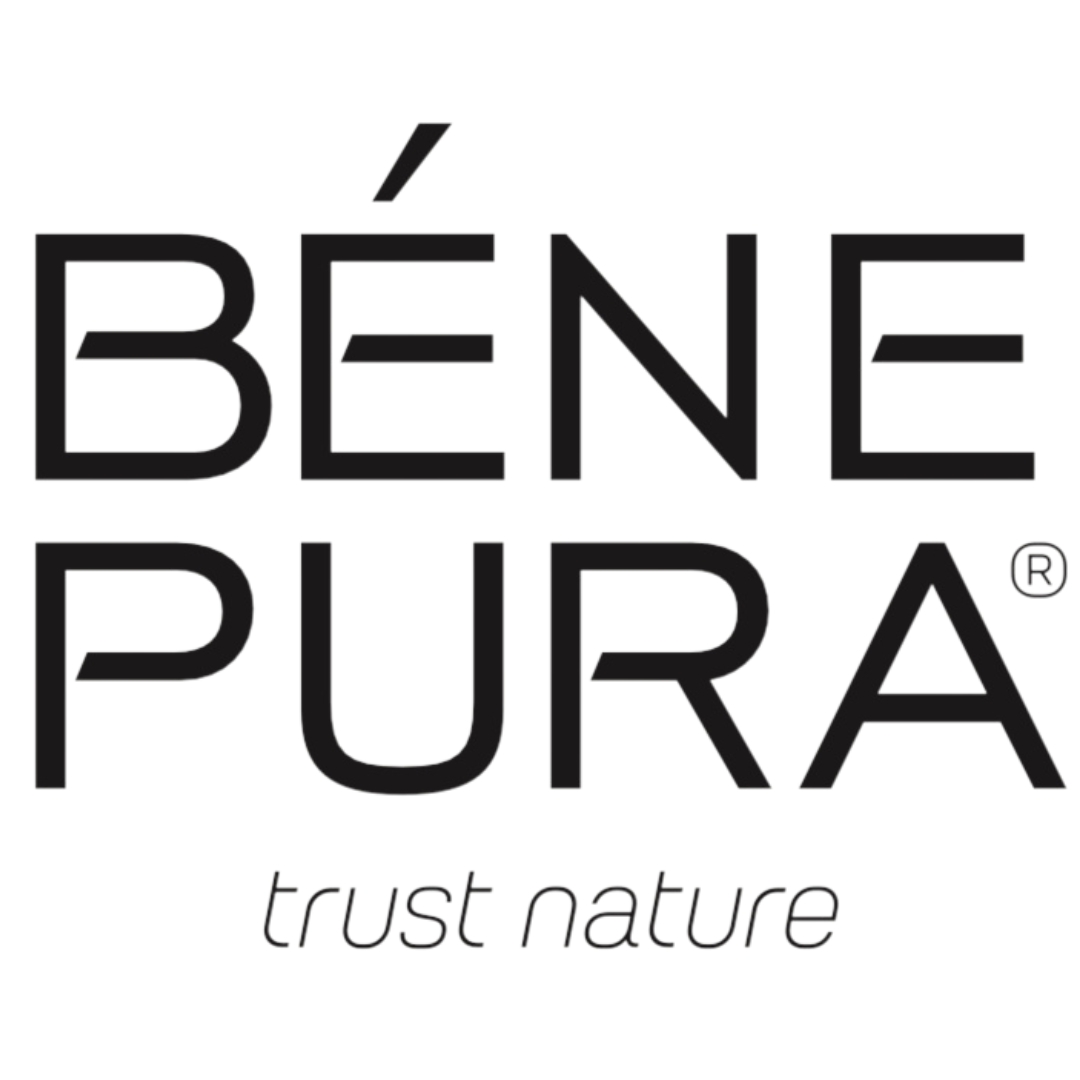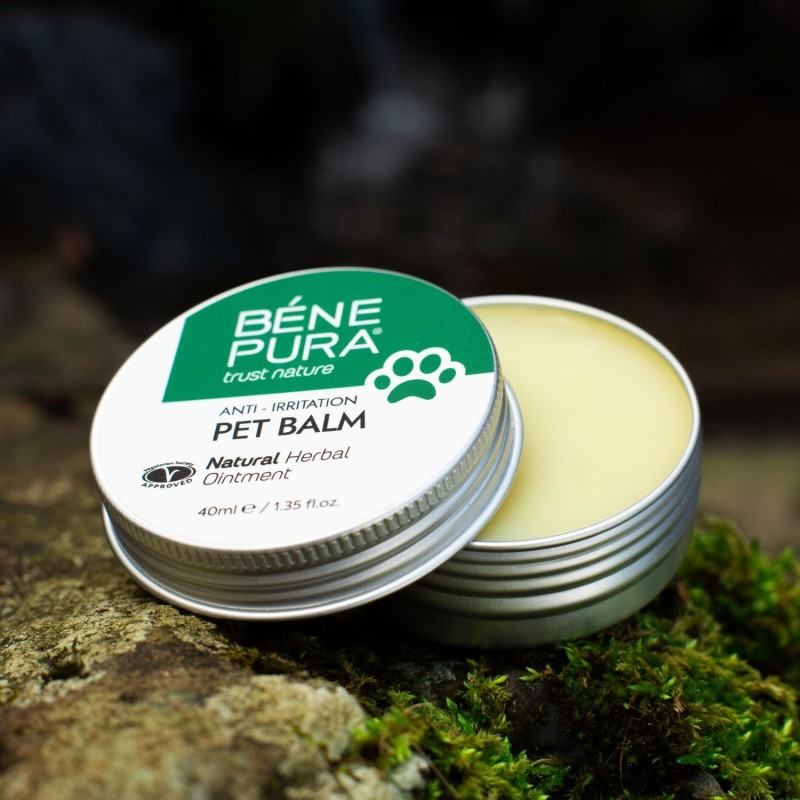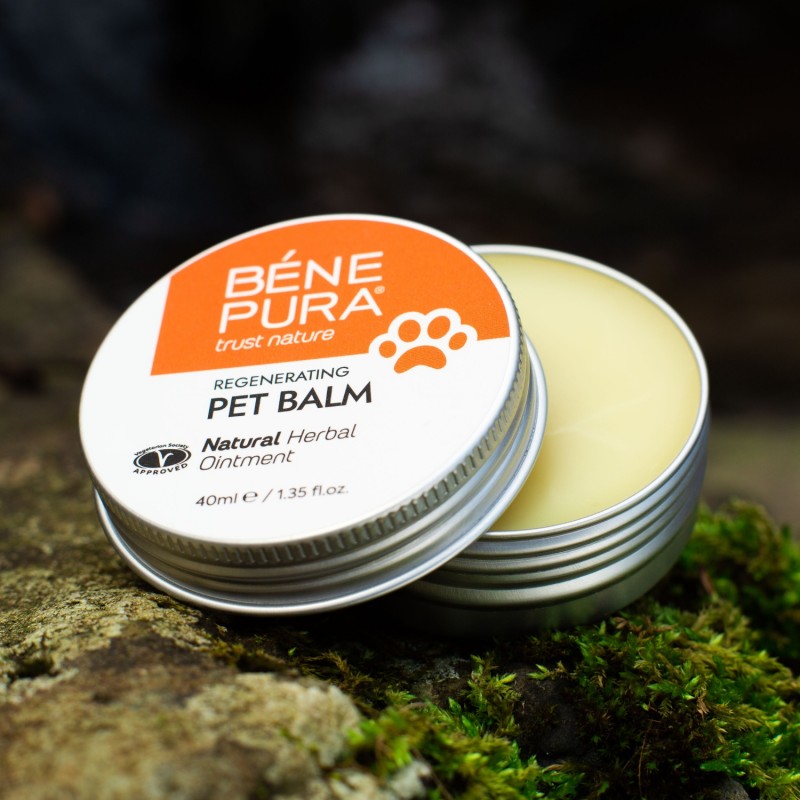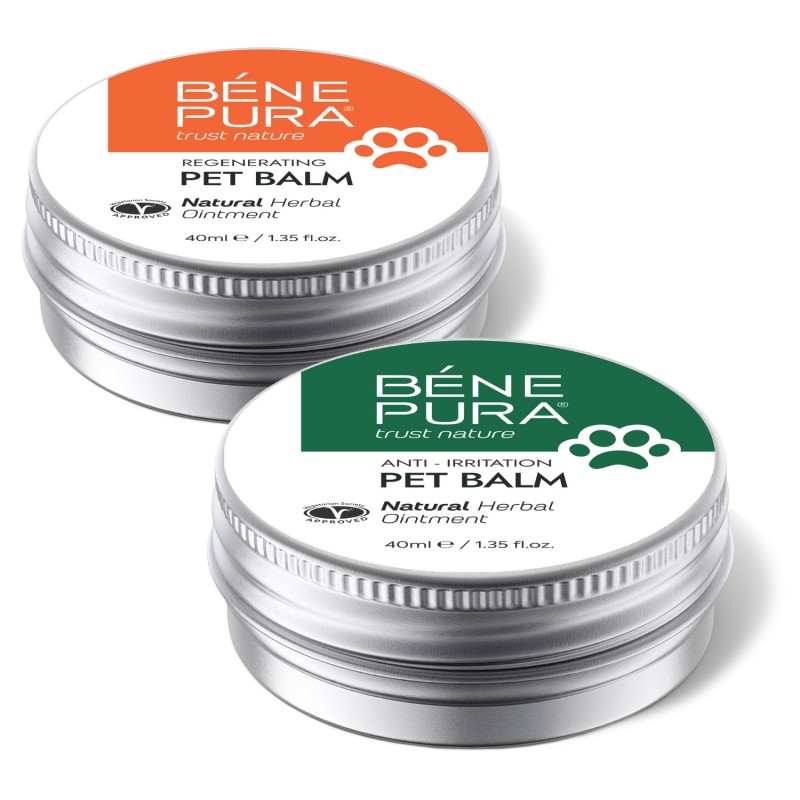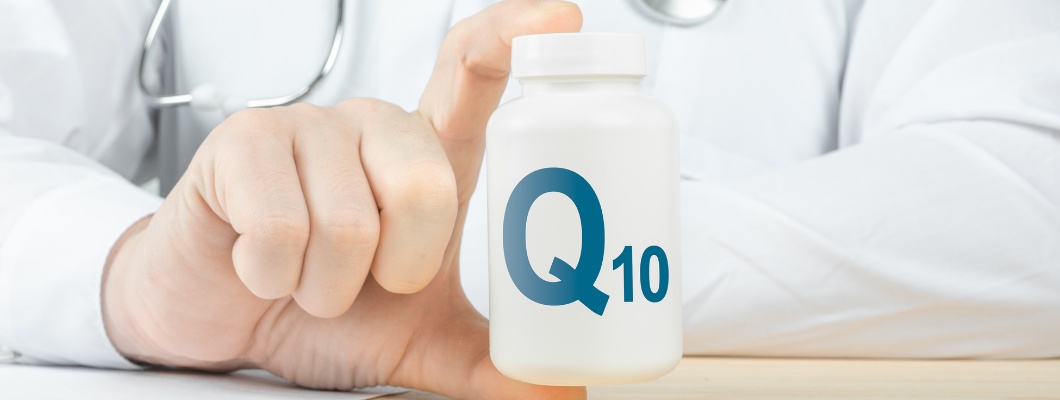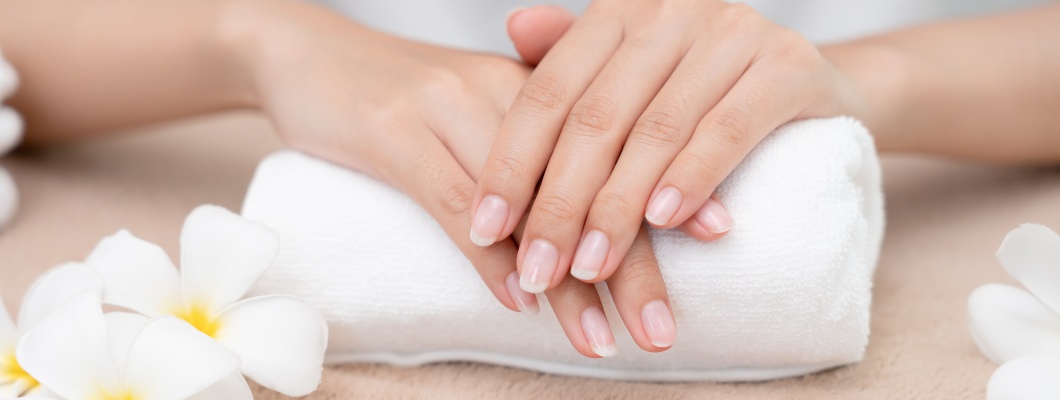Caring for your Dog's Paws: How to Keep them Healthy
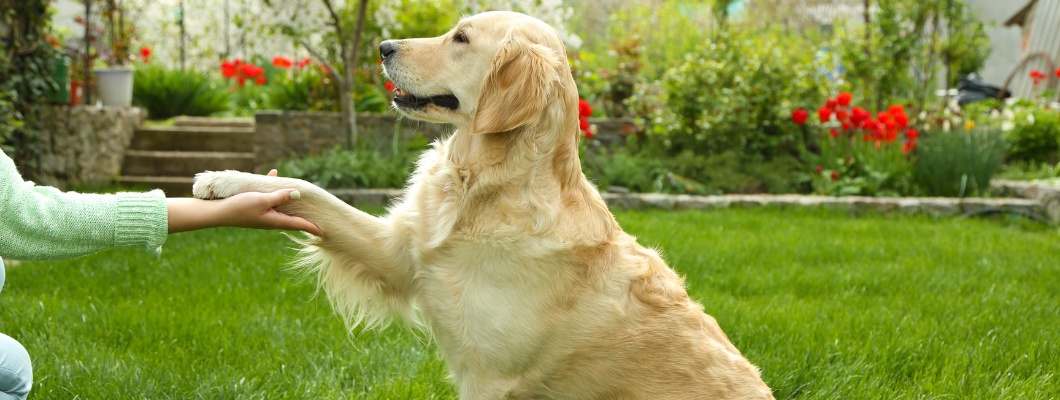
A dog's paws are one of the most stressed and vulnerable parts of its body. They not only support the animal's entire weight but also serve as shock absorbers, provide traction and protect against external factors such as heat, cold, uneven surfaces and various contaminants.
When a dog runs, jumps or simply walks, its paws are exposed to all sorts of challenges - from rough and hot asphalt in the summer to cold ice and chemicals in the winter.
Although paw pads are naturally strong and resilient, without proper care they can become injured, cracked or inflamed leading to pain, discomfort and even changes in a dog's gait.
In this article we will look at some helpful tips on how to effectively care for your dog's paws to ensure long-lasting comfort and good health.
Table of Contents
1. Check Paws Regularly
Regular paw checkups are the first and most important step in caring for your dog's paws. Even if your dog appears healthy and shows no signs of pain, many problems can go unnoticed if you don't pay enough attention to their paws.
How to perform the check?
It is recommended to check your dog's paws at least once a day especially after a walk.
- Choose a quiet place and time when the dog is relaxed;
- Carefully lift each paw and examine it from all sides;
- Gently spread the toes and check between them;
- Touch the pads and nails to make sure there are no tender or painful areas.
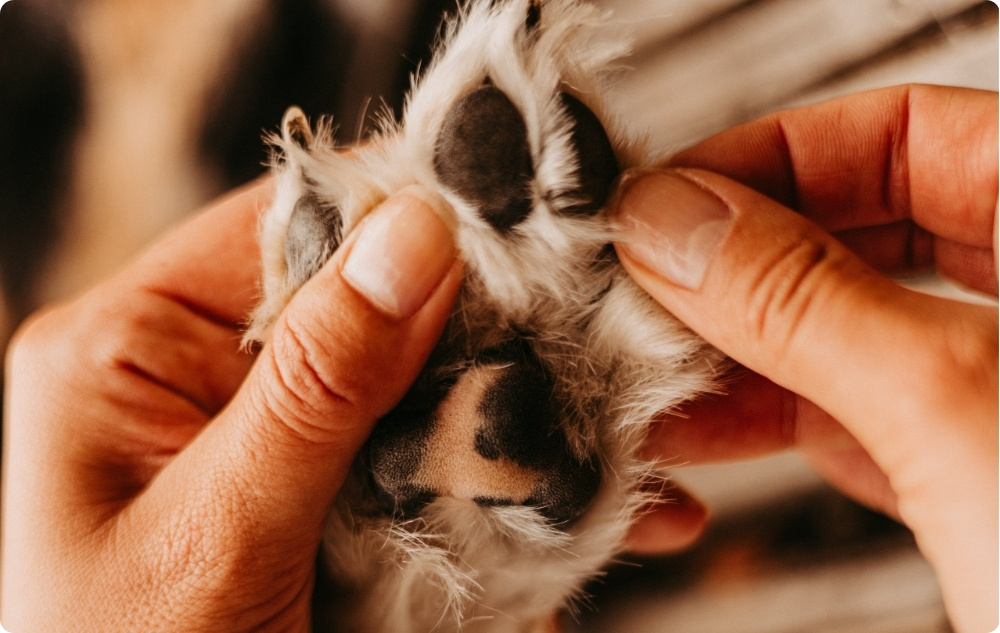
What to pay attention to?
- Cuts and injuries - small wounds can be caused by sharp objects such as glass, pebbles or thorns;
- Foreign objects - pebbles, thorns, sticks and other debris often get stuck between the toes or in the pads;
- Redness and inflammation - if you notice swelling or redness, this may be a sign of infection, an allergic reaction or irritation from external factors such as salt, chemicals or plants;
- Cracked pads - excessive dryness can lead to cracks that cause pain and discomfort;
- Change in gait - if your dog limps or avoids stepping on a particular paw this may be a sign of pain or discomfort;
- Excessive licking or biting of the paws - this may be due to an allergy, skin problem, injury or even stress. If your dog is constantly biting their paws you need to find out the cause as soon as possible.
What to do if you find a problem?
If you notice a foreign object, carefully remove it with tweezers. Small cuts can be cleaned with an antiseptic solution and disinfected.
If you notice swelling, severe redness or bleeding, it is best to consult a veterinarian to avoid more serious complications.
Regularly checking your dog's paws only takes a few minutes but can prevent many problems and ensure the comfort and health of your four-legged friend.
2. Keep Paws Clean
Keeping your dog's paws healthy and comfortable requires regular cleaning, grooming, nail trimming and moisturizing. These habits not only improve hygiene, but also prevent infections, injuries and discomfort.
1. Trimming the fur between the cushions
If your dog has long fur it can trap dirt, moisture and even mat which causes discomfort and increases the risk of infections.
- Trim the fur between the pads with safety scissors or clippers;
- Do not cut too short to avoid damaging the skin;
- Check for knots and tangles that may restrict movement.
2. Nail trimming
Long nails can cause pain, poor posture and difficulty moving.
Trimming should be done regularly to avoid these problems.
- Use special nail clippers for dogs;
- Be careful not to cut the live part of the nail (where the blood vessels are);
- If the dog is restless, trim the nails gradually, a little at a time;
- If necessary use a file to smooth the edges.
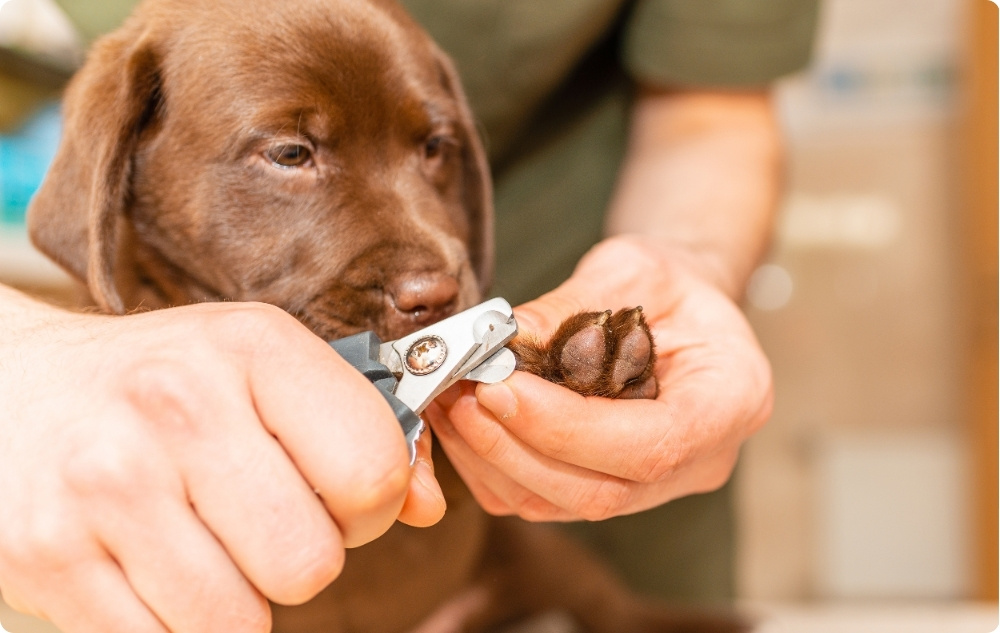
3. Cleaning the paws after a walk
A dog's paws collect a lot of dirt, chemicals, dust and bacteria.
Cleaning after a walk reduces the risk of irritation and infection.
- Use a damp cloth or rinse the paws with lukewarm water;
- In winter, remove salt and chemicals from the snow to avoid irritation;
- In summer, cool the paws after walking on hot surfaces;
- If the paws are very dirty you can use a special dog shampoo.
4. Moisturize the cushions
Dry and cracked cushions can cause pain and discomfort.
Moisturizing keeps them healthy and prevents them from cracking.
- Use natural oils such as Coconut or Olive Oil;
- You can apply special paw balms that provide hydration and protection;
- Apply a moisturizer after a walk and before bed when the dog will not be walking on dirty surfaces.
3. Choose the Right Protection for the Season and Terrain
A dog's paws are exposed to various atmospheric and environmental influences that can cause discomfort, injuries and even health problems. Proper protection according to the season and terrain is key to your dog's comfort and safety.
Protection during the hot months
In the summer, asphalt, sand and other surfaces can heat up to dangerous temperatures that burn a dog's paws.
- Check the temperature of the surface with your hand or bare foot. If it's too hot for you, it's too hot for your dog;
- Avoid walking during the midday hours - walk your dog early in the morning or late in the evening when the surfaces are cooler;
- Use protective creams and balms that create a protective layer and reduce the risk of burns and cracking;
- Try to avoid hot surfaces and choose routes with more greenery.
Winter protection
Cold, snow and de-icing chemicals can cause cracks, irritation and even frostbite on your dog's paws.
- Avoid walks in cold weather - if temperatures are too low, limit time outside;
- Clean paws after walks - salt and chemicals from the streets can irritate the skin and cause allergic reactions. Rinse paws with lukewarm water and dry thoroughly;
- Use a protective cream or petroleum jelly which will create a barrier against moisture, cold and chemicals;
- If your dog spends a lot of time outside in the winter shoes can be a good protection against frost and chemicals.
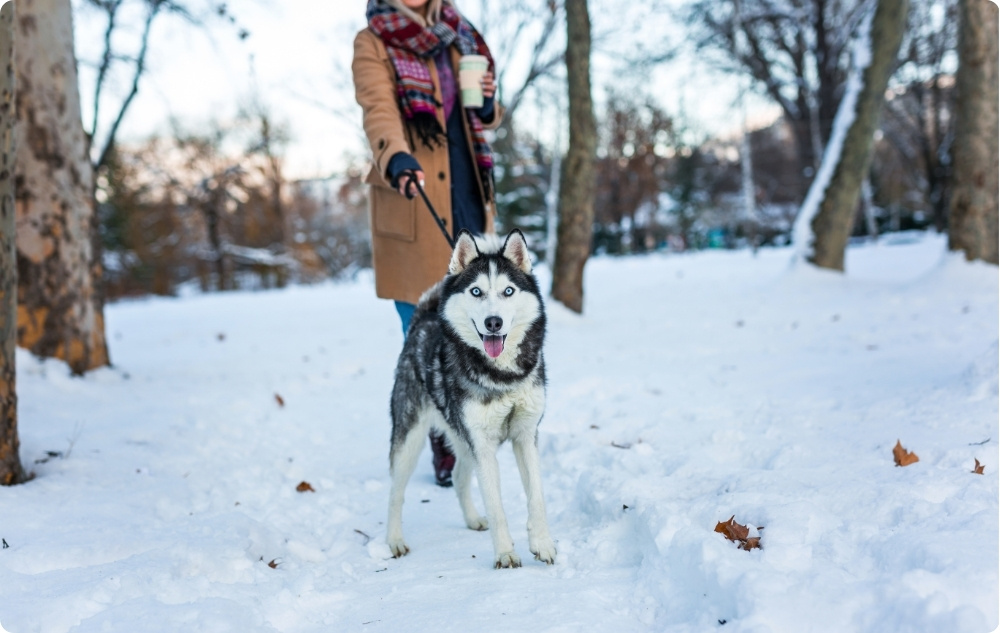
Protection when walking on rough terrain
Mountain routes, gravel paths and sharp rocks can injure a dog's paws.
- Check the route in advance;
- Train the paws for rougher terrain - increase the time spent walking on harder surfaces to help the pads become more resilient;
- Use protective creams and balms that will prevent cracking and reduce the risk of injury;
- Monitor for injuries after a walk - if your dog is limping or licking their paws, check for cuts and irritation.
Protection from allergens and irritants
Some dogs can develop allergies to grasses, pollen, chemicals and even certain surfaces.
- Clean the paws after every walk, this will help remove potential allergens;
- Watch for itching, redness and excessive licking - if the dog reacts strongly to certain surfaces, consult a veterinarian;
- Use anti-allergy sprays or creams which can reduce irritation and prevent discomfort.
4. Stretching and Massaging the Paws
Massaging and stretching your dog's paws are beneficial practices that improve circulation, relieve tension and maintain limb mobility. These techniques can be especially helpful for active dogs, old dogs and breeds prone to joint problems.
Benefits of paw massages
A massage is not just a pleasant sensation for the dog - it has a number of physiological and psychological benefits:
- Improves blood circulation - massaging the paws stimulates blood flow, which helps deliver oxygen and nutrients to the tissues;
- Relieves tension and pain - if your dog spends a lot of time on the move or has joint problems, massage can help relax the muscles;
- Reduces the risk of injuries - massage maintains the flexibility and strength of muscles and joints, which reduces the likelihood of strains and other injuries;
- Strengthens the bond between dog and owner - when you take the time to massage, the dog gets used to your touch and feels more relaxed.
How to do a paw massage?
For a massage to be effective it must be performed carefully and with appropriate pressure.
Follow these steps:
- Choose a quiet place where your dog feels comfortable. Massage is most effective when your dog is relaxed;
- Start with gentle strokes all over the paw to prepare your dog and reduce tension;
- Massage the pads with your fingertips, making small circular movements on each pad;
- Rub the fingers and the space between them;
- Place your hand on the paw and press gently to feel the muscle tension. If your dog reacts with discomfort, be more gentle;
- Paws are connected to joints that also need care. Gently rub the area around the wrist to stimulate flexibility;
- Finish the massage with a few gentle strokes on the paw to calm your dog.
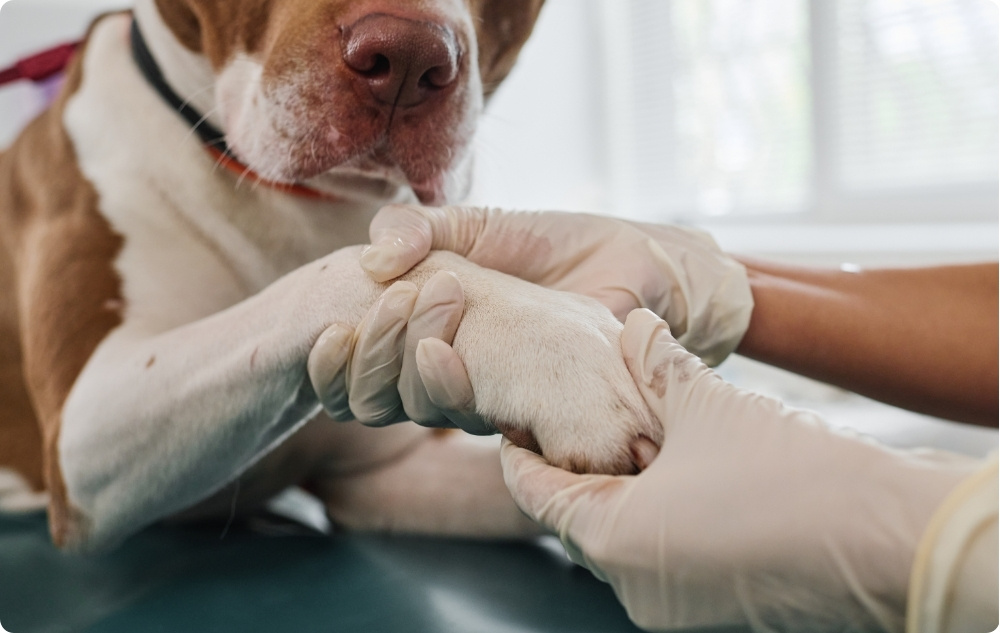
Benefits of stretching the paws
Stretching is an important part of maintaining mobility and preventing injuries. It is especially beneficial for athletic and senior dogs.
How to stretch a dog's paws?
- Gently hold the dog's paw and pull it forward slightly without causing pain. Hold for a few seconds and repeat several times;
- Lift the hind paw back, being careful not to twist it. This will help stretch the muscles in the hips and pelvis;
- Gently spread the toes of the paw to improve flexibility and prevent cramps.
How often should massage and stretching be done?
The frequency of massage and stretching depends on the activity and age of the dog:
- Active dogs - it is recommended to massage after long walks, runs or training;
- Adult dogs - 2-3 times a week to maintain flexibility and relieve joint pain;
- Dogs with orthopedic problems - as recommended by the veterinarian, but regular massage is usually recommended to relieve pain.
5. Have Regular vet Checkups
Even if you take good care of your dog's paws at home, regular veterinary checkups are an essential part of preventative care. A specialist can detect hidden problems, diagnose diseases at an early stage and recommend individual care tailored to your dog's specific needs.
1. Why are regular veterinary checkups important?
Regular check-ups help with:
- Detecting hidden infections - sometimes a dog may have a fungal or bacterial infection that is not visible to the owner;
- Diagnosing autoimmune or skin diseases - some conditions such as pododermatitis (inflammation of the skin on the paws) can be chronic and require special treatment;
- Checking for parasites - ticks, fleas or mites often hide between the toes of the paws, causing itching and irritation;
- Assessing gait and joints - changes in gait can be a signal of orthopedic problems such as arthritis or dysplasia, which also affect the paws;
- Advice on specialized care - if your dog has specific problems, your vet may recommend medicated balms, special supplements or dietary changes.
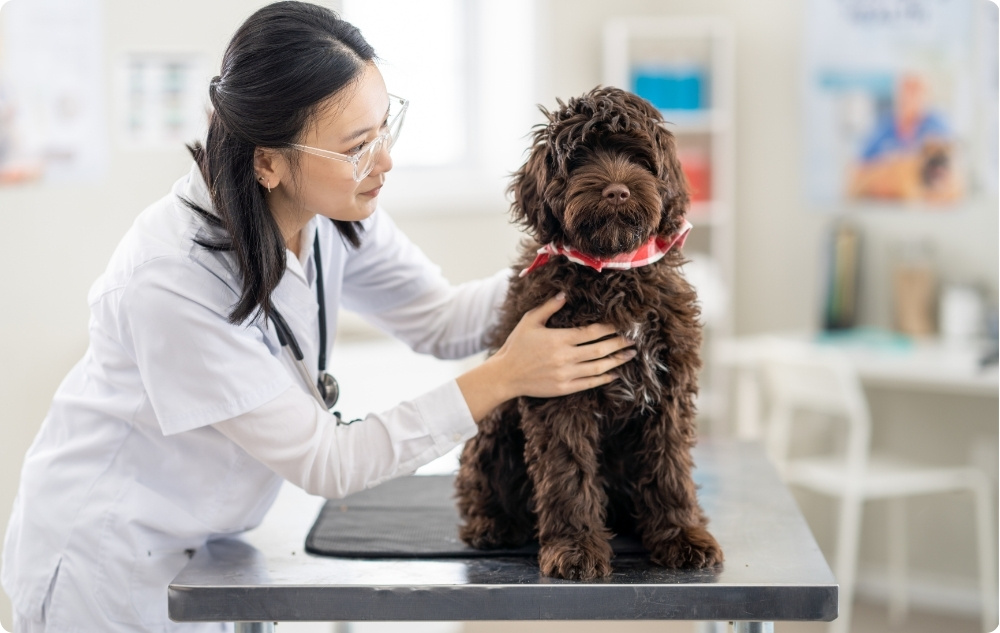
2. How often should you take your dog for a checkup?
The frequency of examinations depends on the age, breed and health status of the dog:
- Healthy adult dogs - once a year preventive examination which includes checking the paws, nails and skin;
- Puppies and young dogs - veterinary visits every 3-6 months, as their paws are more vulnerable during growth;
- Older dogs or breeds prone to joint problems - every 6 months, as the paws can be affected by arthritis and other degenerative diseases;
- Dogs with previous paw problems - more frequent examinations as needed, depending on the veterinarian's recommendations.
3. How is the paw checkup at the vet performed?
During a routine examination, your veterinarian will take several important steps to assess the condition of your dog's paws:
- Inspection and palpation - the condition of the pads, the skin between the toes, the nails and the overall structure of the paw are checked;
- Sensitivity and pain test - the vet may press gently on different points on the paw to determine if the dog is in pain;
- Infection samples - if a bacterial or fungal infection is suspected, a sample is taken for microscopic examination;
- Gait assessment - if the dog has problems with the paws, the vet may observe its movement to identify abnormalities;
- Care and treatment recommendations - depending on the condition of the paws, ointments, medications or dietary supplements may be prescribed.
6. Conclusion
Caring for your dog's paws is an essential part of their overall health and comfort. Regular checks, good hygiene, protection in various conditions and massages help prevent injuries and irritations.
When specialized care is needed, veterinary checkups are the key for early detection of problems. With consistent care and attention you can ensure your dog has healthy, strong paws throughout its life.
SOURCES:
1. Skyline Animal Clinic: Tips To Help Your Dog's Paws Stay Healthy (25.04.25)
2. WebMD: Care Tips for Your Dog’s Paws (25.04.25)
